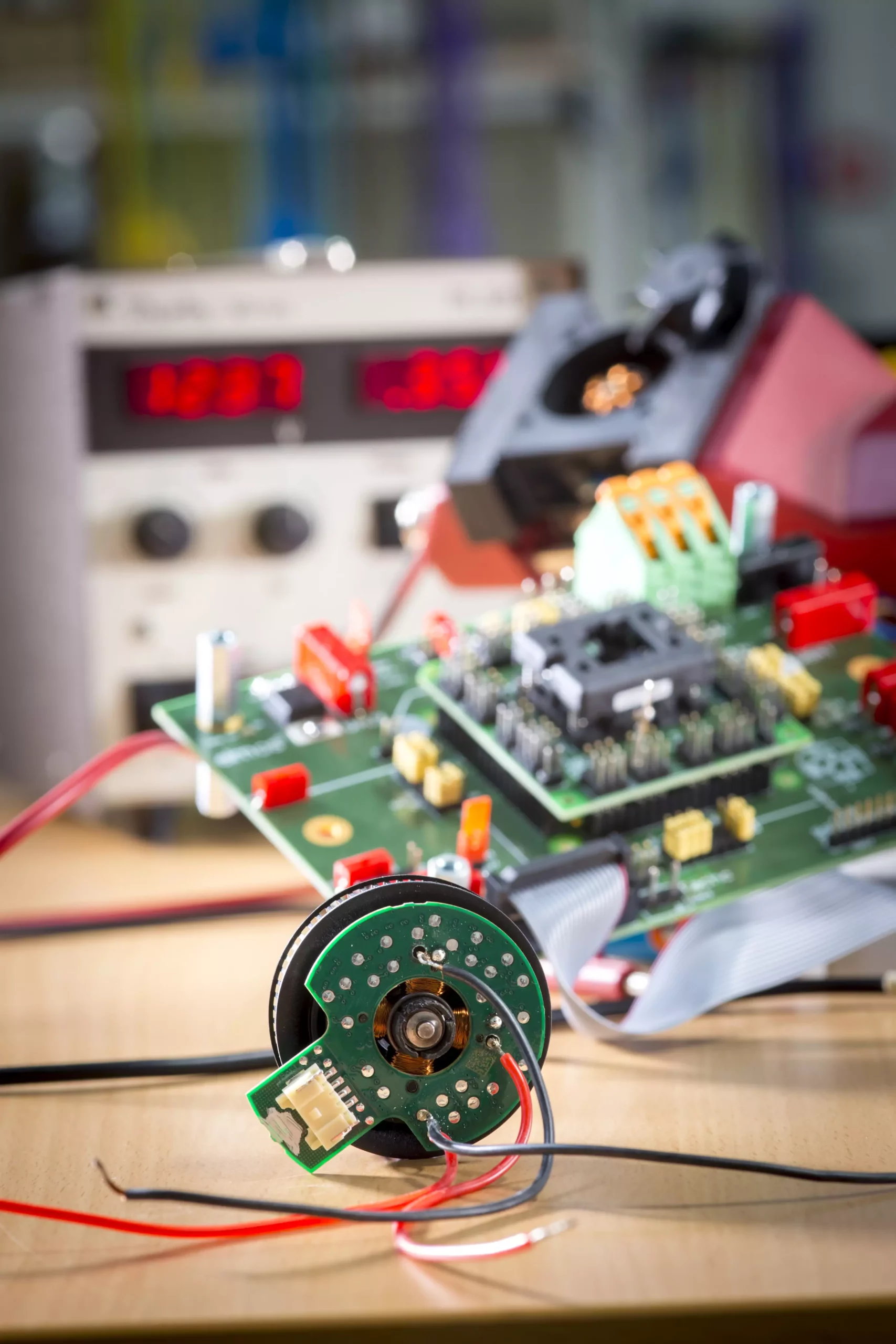Small electric motors serve as the unsung heroes of our daily lives, powering a wide array of devices from household appliances to sophisticated automotive systems. These motors, although individually low in energy consumption, collectively present a significant opportunity for energy savings. The advancements in this sector have been propelled by research initiatives such as the CD Laboratory for Brushless Drives for Pump and Fan Applications at Graz University of Technology (TU Graz), led by Annette Mütze. This innovative research focuses on maximizing the efficiency and operational quietness of small brushless motors, which are increasingly being recognized for their potential in various applications.
Mütze’s team has incorporated novel design principles, altering traditional control technologies and embracing advanced manufacturing techniques. These brushless integrated drives are not only more energy-efficient but are also lighter and quieter than their predecessors. One fascinating aspect of their recent findings is the application of larger claw pole motors in diverse contexts. While most recognize these as significant components in automobile lighting systems, their potential as small drive units has not received as much attention.
Through intelligent engineering, the team has addressed the “cogging torque,” which is responsible for torque variations that lead to vibrations in motors. By implementing skewing and slotting of the motor claws, they have successfully minimized the moments when the claws engage, leading to a remarkable 70% reduction in noise. This achievement not only enhances user experience but also indicates a shift towards quieter, more efficient machinery in both automotive and home applications.
An important breakthrough in enhancing motor efficiency is the simplification of current regulation. Traditional pulse width modulation (PWM) techniques that control motor input often require numerous switching operations, which inadvertently lead to excess energy loss. The researchers at TU Graz have redefined this approach, opting for a method of switching the drive on and off only once per desired pulse. This revolutionary change has drastically cut down the energy consumed in switching losses, particularly in low-current scenarios, where conventional PWM systems tend to be less efficient.
The outcome of these efficiency improvements has notable economic implications, as fewer switching operations imply that circuit boards of the motors demand significantly fewer capacitors, effectively halving costs. This innovation not only drives down production expenses but also paves the way for broader adoption of these enhanced motors across various sectors.
A further enhancement in motor technology comes from the innovative use of PCB (printed circuit board) motors equipped with ferrite cores. This inventive application addresses the critical need for better guidance of magnetic flux within these motors. By integrating 3D-printed ferrite cores into the circuit boards, Mütze’s team streamlined the production process through high levels of automation while simultaneously optimizing the magnetic pathways crucial for effective motor performance.
This advancement has a dual benefit: not only does it improve efficiency, but it also allows for the utilization of more cost-effective ferrite-based magnets. This strategic choice aligns well with the overarching goal within the industry to reduce costs while maintaining or enhancing performance standards, illustrating a commitment to sustainable practices.
The innovations stemming from TU Graz’s research into small electric motors herald a notable shift for industries reliant on these devices. By reducing noise, enhancing efficiency, and leveraging automated manufacturing techniques, these modified brushless motors demonstrate the potential for improved technologies that can benefit both the environment and consumers alike. As we continue to search for sustainable solutions in energy consumption, the advancements made by Mütze and her team serve as a promising stride toward a quieter, more efficient future in our everyday applications. The implications of this research extend well beyond mere mechanical performance, suggesting a path flourishing with opportunities for energy savings and economic benefits across diverse fields.

